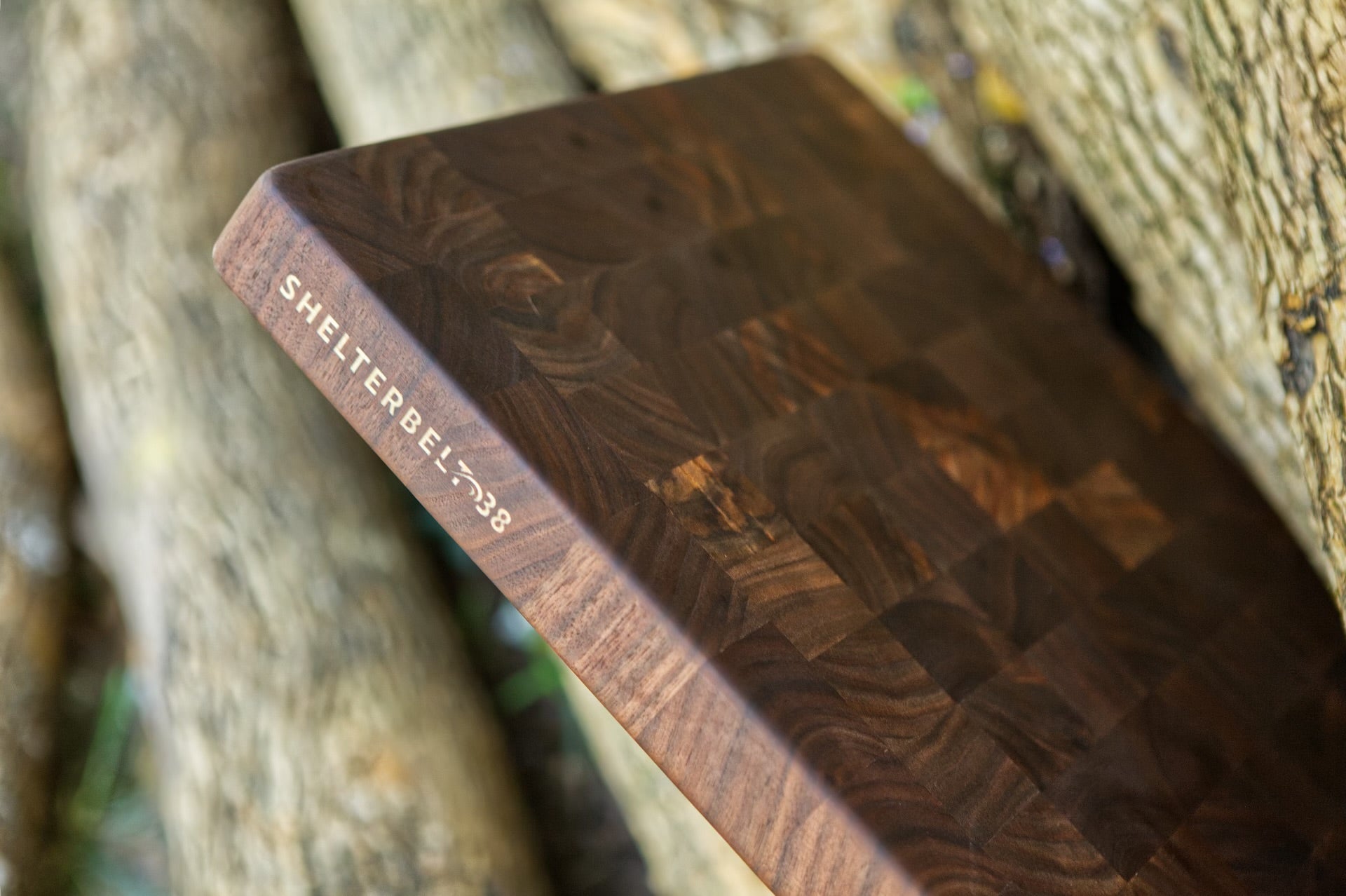Our Story
Here at Shelterbelt38, we strive to cherish and protect these shelterbelts and to provide a growing awareness of how important they still are to the Midwest and to the whole of the United States of America.
“HORSE HIGH, BULL STOUT AND HOG TIGHT!”
The Midwest Shelterbelts were planted to protect livestock and fields, reduce evaporation, hold snow, reduce wind erosion, and put an end to the manmade and environmental catastrophe known as the Dust Bowl of the 1930’s.
The US Forest Service planted 4,266 miles of shelterbelts during 1938, the peak year for the Prairie States Forestry Project. It continued till July 1, 1942. By that time, 30,233 shelterbelts containing 220 million trees stretched for 18,600 miles on the Great Plains, from North Dakota down to Texas.
After many years of serving their environmental purpose, certain trees are ecologically harvested to now have a new purpose. Being milled, stacked and kiln dried to perfection, the timber from these trees are brought into the Shelterbelt38 Shop and transformed into artisan pieces to decorate the kitchens and dining rooms of America. In addition to showcasing the natural beauty of wood, these pieces also have a practical purpose; bringing loved one’s together while they prepare food for those they care about most. As numerous customers contend, “It just makes cooking so much more enjoyable to have a gorgeous block to chop on!”
Report of the Chief of the Forest Service, 1942, 22; Munns and Stoeckeler, "How Are the Great Plains Shelterbelts," 239; Droze, Trees, Prairies, and People, 222-23.

THE FLAGSHIP: Discover Elegance & Artistry: Shelterbelt's Signature Walnut Wood Craft Board
Share
